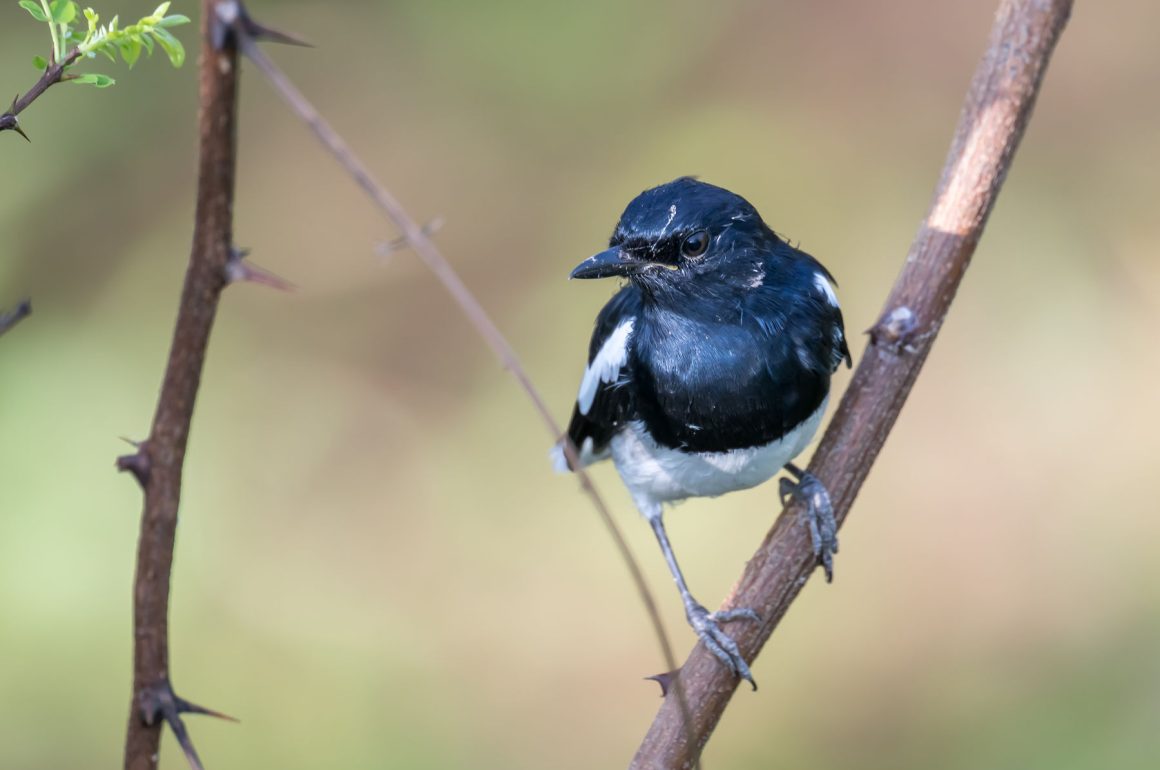
My time in Malaysia can best be characterised by a dozen words: Asian Financial crisis, The Haze, raising a family and building a factory. The astute reader – and aren’t you all – notices the absence of the word “bird”. It was also quite long ago.
A business trip to Malaysia allowed me to make amends and increase my pitiful Malaysian list to a more respectful level. Thanks to eBird I know my country total stood at 13. This baker’s dozen includes gorgeous birds like the Oriental Magpie-Robin, White-throated Kingfisher and the Pink-necked Green-Pigeon. Did I see other birds when I lived there? Probably, but the conversion to lister still lay in the future. Details have disappeared into the mists of time with scant memories left. I do remember the Black-naped Oriole in my garden, for example. Mainly because of its call.
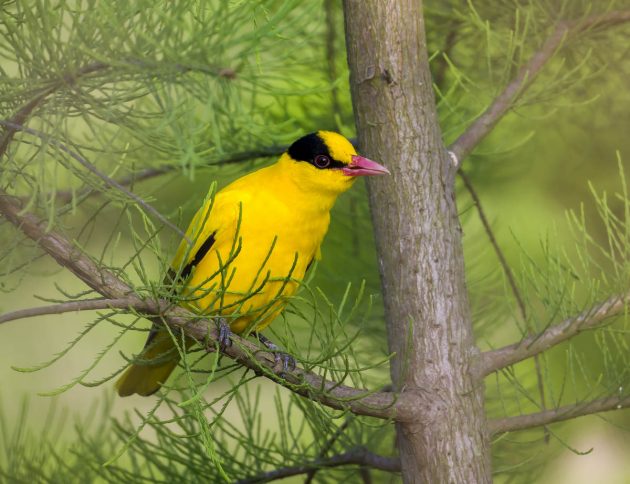
Normally I would link to that call on xeno-canto, but I can’t. The website gives the reason in a-matter-of-fact tone that belies the seriousness of the matter: “Some species are under extreme pressure due to trapping or harassment. The open availability of high-quality recordings of these species can make the problems even worse. For this reason, streaming and downloading of these recordings is disabled”.
Arriving at KLIA in Sepang and after a short trip to the hotel, I changed into my binoculars and headed outdoors. Over the last few decades, the area around the hotel has gone from extensive oil palm plantations to an international airport with all its trimmings. The original lowland rainforest is beyond the reach of Google Earth® but from these two pictures you will get an idea of the change:

My mission if I chose to accept it: follow my own advice and head for a greenish area. Close inspection of the environs made it clear that the birds would have to be looked for in the Paya Indah Wetland. I grabbed a Grab (the local app-based taxi service) for a few bucks. The driver missed the off-ramp which added 20 minutes to the drive, but that wasn’t the worst of it. The guard at the gate informed me that the wetland was closed on Wednesdays, despite the website claiming otherwise. I suspected the guy just wanted a nap or even leave (he did ride off on his bike once I turned my heels…), but he remained adamant: no entry. I now had to bird the gate area instead of going in, so no Red Junglefowl.
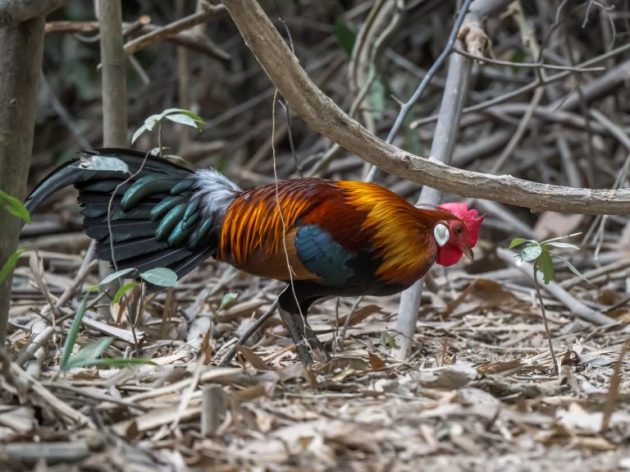
There were the ubiquitous Eurasian Tree Sparrows on the roadside, Pacific Swallows in the air, and a couple of Scaly-breasted Munias in the reeds nearby. A pair of Oriental Magpie-robins landed in the bush in front of me, which startled a White-breasted Waterhen, and then another one followed. Yellow-vented Bulbuls were making sure I was going to be familiar with a very common bird and three different types of pigeons flew overhead in poor lighting (they were green). A little less disappointed in life, but still feeling down from having missed out on what is obviously a great place, I got a car back to the hotel where I wrote to the super-intendent of the Department of Wildlife and National Parks of Peninsular Malaysia to complain. He never replied.
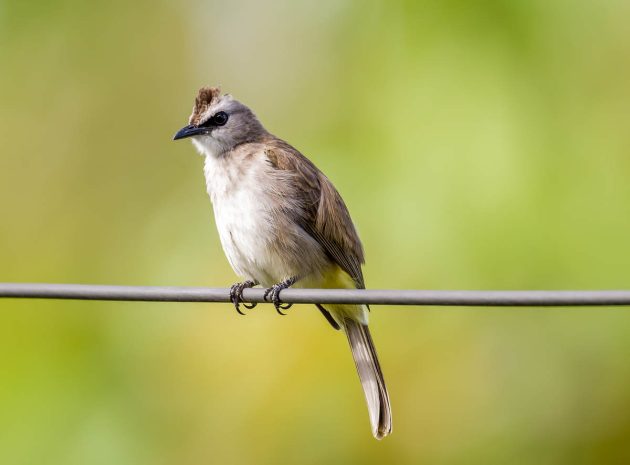
That Saturday I picked up my rental car and while most Malaysians joined their favourite traffic jam, I headed back to the Paya Indah wetlands. This time the guard didn’t even look up from his smartphone and while he kept playing Pokémon or whatever, I headed in and parked the car. The park was established in 2011 by restoring the area left behind by tin mining. Paya Indah has several ponds (where the tin has been dredged) and some young secondary forest. There are also two Botswanan hippos, a crocodile pond and a bungalow park. It’s a lot of infrastructure for such a smallish area – obviously nature isn’t enough to lure people away from TikTok. Most buildings were being renovated as the facilities had suffered the onslaught from everything fungus Malaysia has to offer. The “theme of Dr No” did continue once inside – the drivers of the little trains, buggies, motorbikes and other engine-driven fun kept stopping to tell me no, I couldn’t go into this lane, no, I wasn’t allowed near the flowering tree, no, no, no. Since rules are but a concept, I picked the forbidden fruit regardless and saw Coppersmith Barbet (pictured below), Common Iora, Malaysia Pied-Fantail, Baya Weavers and highlight: Paddyfield Pipit. Yes, I like pipits. The crocodile pond was blessed with a mixed colony of Oriental Darters, Black-crowned Night Herons, Purple Herons, Little Cormorants and Medium Egrets. With close to 20 lifers the beautiful swamp Paya Indah had delivered.
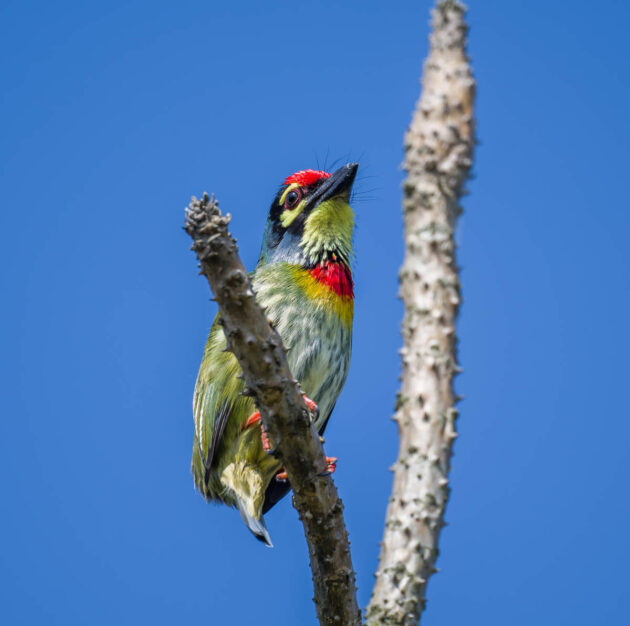
I have found that the best way not to get snarky comments from Kai Pflug is to use his pictures, so I did. Thanks for the gorgeous photography.



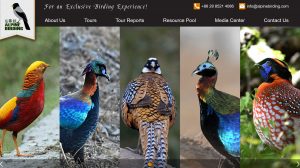
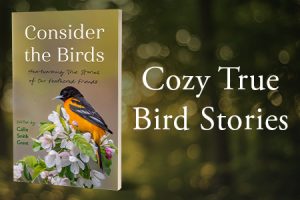
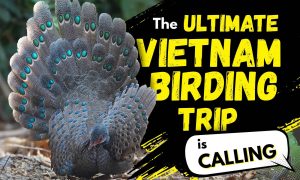

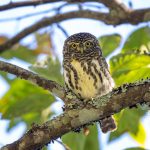
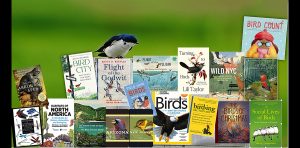
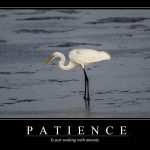
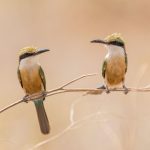
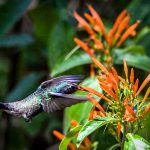
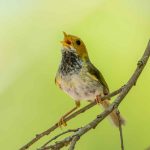
I seriously enjoyed reading this wonderfully written post.
Regrets that I also got into bird photography so late in life! Born in Malaysia, lived and worked in India, Indonesia Dubai and all places in between! Nothing like making up for lost time!
Beautiful blog for what sounds like the perfect birding adventure. Thanks for letting us all vicariously live through you via this blog. That barbet ?
Í understand your regret, Peter. From 1980-2006, I visited every one of Mexico’s 32 states. But I didn’t bird back then, much less make lists. Today I only have eBird listings for 14 of those 32 states. Oh, didn’t we waste our youth!